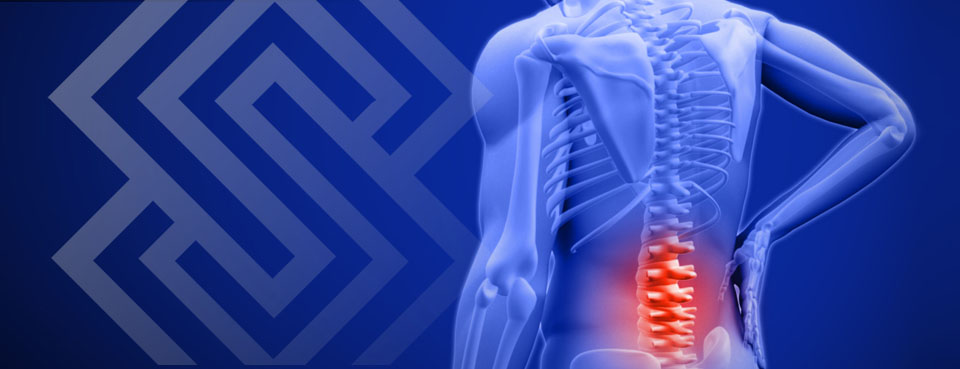Spinal Narrowing
Spinal narrowing or spinal stenosis occurs when the canal that contains the spinal cord tightens and becomes narrow. The spinal cord and the nerves can become compressed. While this condition occurs most often in the lower lumbar areas of the spine and cervical neck areas, spinal narrowing may develop in any area of the spine. Symptoms may become debilitating and vary depending upon the location of the compressed nerves.Spinal narrowing often leads to other spine conditions. If not properly treated, spinal stenosis can become life threatening.
Spinal Stenosis Causes
The most common cause of spinal narrowing is due to the aging process and is related to the development of degenerative spinal diseases, with most sufferers of spinal stenosis being over 50. Spinal stenosis can also occur at any age. Other factors that may accelerate or exacerbate spinal narrowing including:• Bulging and herniated discs.
• Spondylolisthesis.
• Genetic predispositions.
• Congenital spine issues from birth or adolescence.
• Osteoarthritis and/or rheumatoid arthritis.
• Benign tumors.
• Malignant cancer tumors.
• Acute traumas from high-impact sports, car accidents or falls.
• Bone spurs.
• Obesity.
• Sedentary lifestyles.
• Chronic malnutrition / inadequate diet.
• Paget’s bone disease.
• Abnormal ossification of ligaments.
• Repetitive movements during long term physical labor or driving.
Spinal Stenosis Symptoms
Spinal narrowing can occur in different areas of the neck and back and symptoms often present differently in individual patients. Some patients may experiencing spinal narrowing with no obvious or apparent symptoms while others may experience chronic pain due to nerve compression.Symptoms of spinal narrowing include:
• Pain, weakness or numb sensations in the legs, calves or buttocks if narrowing has occurred in the lower thoracic or upper and/or lower lumbar areas of the spine.
• Pain, weakness or numb sensations in the shoulders, arms and legs if the narrowing has occurred in the cervical neck region.
• Radiating or cramping pain.
• Sciatica.
• Symptoms that increase when walking short distances or decrease when sitting, lying down or bending forward.
• Reduced mobility and range of motion.
• Difficulty performing daily activities such as waking from bed and sitting upright.
A very rare form of spinal stenosis referred to as “cauda equina syndrome” may lead to the loss of bladder and bowel control, as well as muscle weakness and an inability to sense stimuli in one or both legs.
Call 911 immediately if you recognize exhibit these symptoms as the cause may be “cauda equina syndrome” which can be a life threatening emergency.
Notice:
This advertisement has been provided for informational purposes only and should not be used as a substitute for medical treatment or an actual diagnosis. If you are experiencing pain that may be associated with back or neck disorders you should seek the care of a doctor as soon as possible or immediately if your symptoms are accompanied by incontinence / loss of bladder or bowel control, as these may be signs of life threatening condition.

